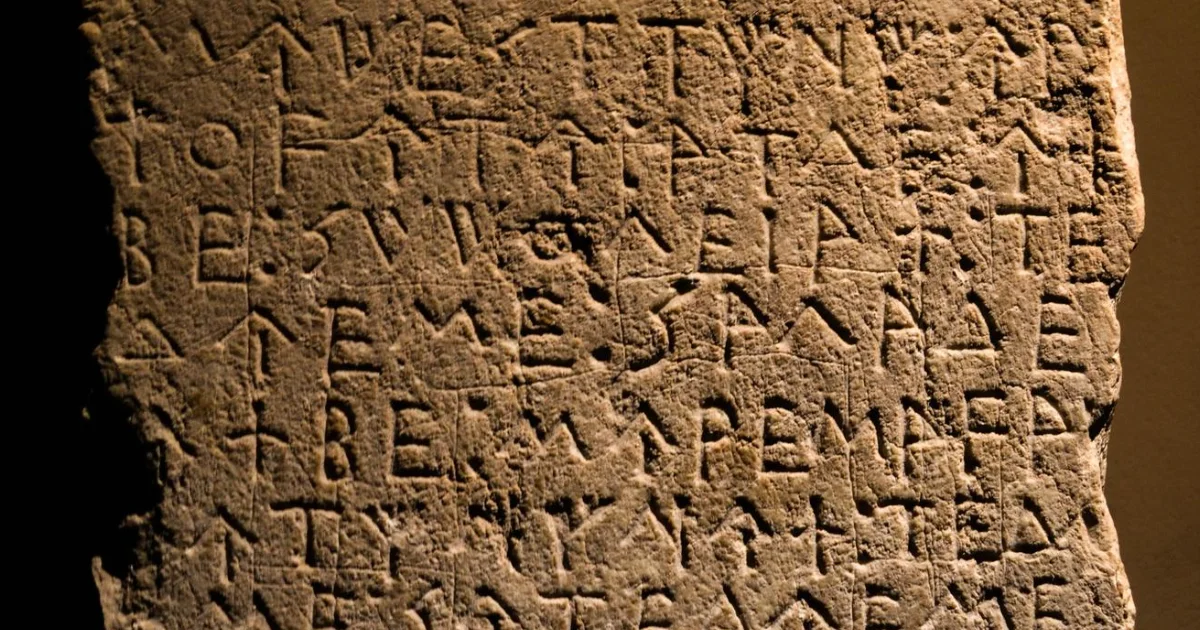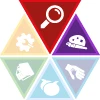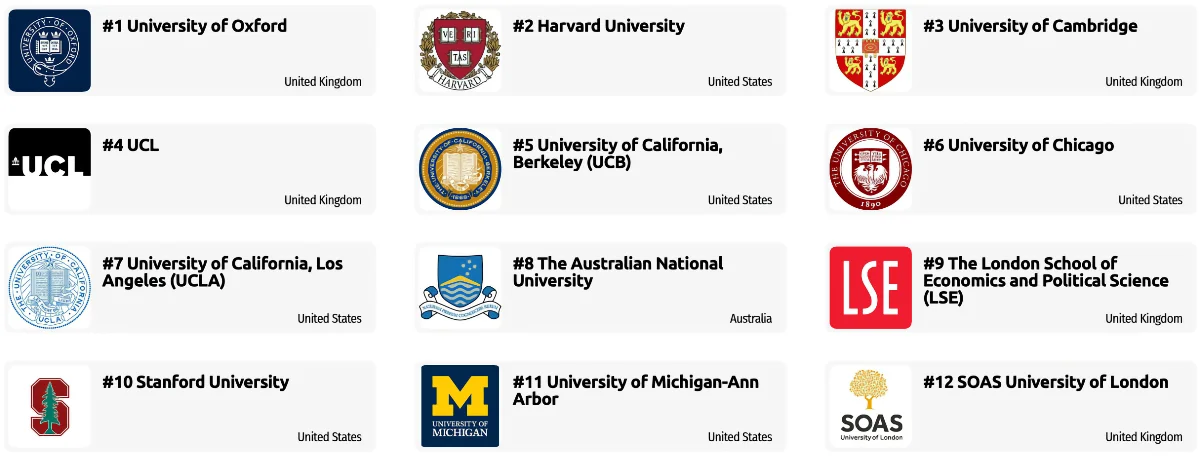Inspector

Inspectors should be great at:
- Estimating sizes, distances, and quantities; or determining time, costs, resources, or materials needed to perform a work activity.
- Observing, receiving, and otherwise obtaining information from all relevant sources.
- Identifying information by categorizing, estimating, recognizing differences or similarities, and detecting changes in circumstances or events.
- Inspecting equipment, structures, or materials to identify the cause of errors or other problems or defects.
Analyst

Analysts will often perform the following tasks:
- Identifying the underlying principles, reasons, or facts of information by breaking down information or data into separate parts.
- Using relevant information and individual judgment to determine whether events or processes comply with laws, regulations, or standards.
- Assessing the value, importance, or quality of things or people.
- Compiling, coding, categorizing, calculating, tabulating, auditing, or verifying information or data.
Other work activities related to Anthropologists
- Teaching and mentoring undergraduate and graduate students in anthropology.
- Collecting information and making judgments through observation, interviews, and reviewing of documents.
- Planning and directing researching to characterizing and comparing the economic, demographic, health caring, social, political, linguistic, and religious institutions of distinct cultural groups, communities, and organizations.
- Writing about and presenting researching findings for a variety of specialized and general audiences.
- Advising government agencies, private organizations, and communities regarding proposed programs, plans, and policies and their potential impacts on cultural institutions, organizations, and communities.
- Building and using text based database management systems for supporting the analysis of detailed first hand observational records, or field notes.
- Identifying culturally specific beliefs and practices affecting health status and access to services for distinct populations and communities, in collaboration with medical and public health officials.







